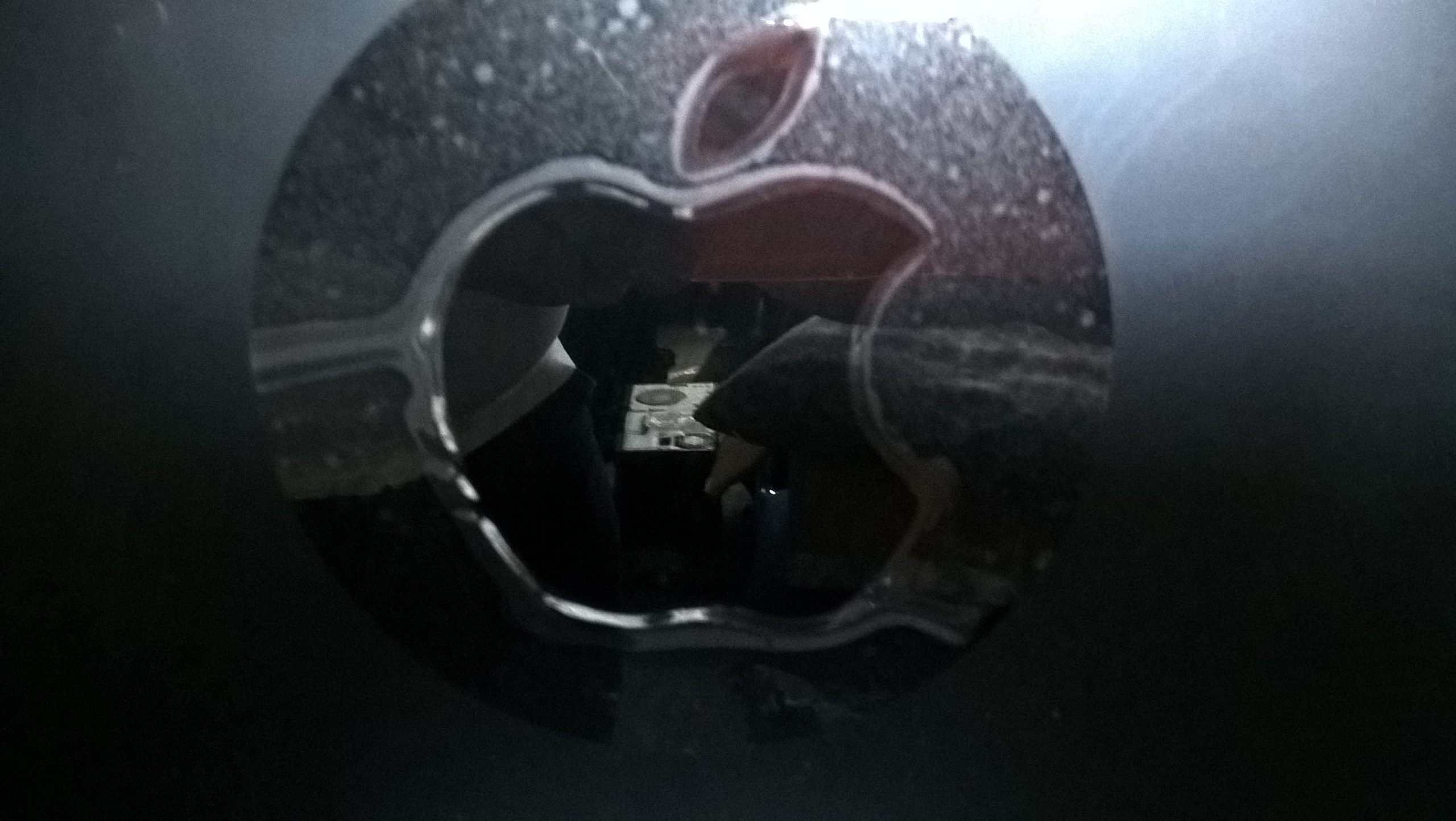Decoding VirusTotal Results: Beyond the ‘False Positive’ Myth
Understanding the intricacies of VirusTotal (VT) results can be a game changer in your cybersecurity toolkit. It’s crucial to move past the notion that a few antivirus detections indicate a file is likely harmless.
A Personal Note
It’s worth mentioning that I recently shifted my own perspective on this topic, so I completely empathize with anyone who may still hold this belief.
For a comprehensive overview of interpreting VirusTotal results, take a moment to watch the insightful video by MalwareAnalysisForHedgehogs: Watch Here.
Key Concepts to Consider
Detection
-
Reanalyze Regularly: Malware detection is not static; it evolves over time. If a file hasn’t been scanned recently, it’s prudent to initiate a reanalysis. VT provides historical scan data, so be sure to check for prior results.
-
Evaluate Malware Classification: Examine the names attributed to potential threats. Labels like “not-a-virus” may suggest that the file isn’t inherently harmful but could be misused. However, not all antivirus vendors employ this classification.
Detailed Examination
-
File Type Verification: Confirm that the file is what it claims to be. A discrepancy could indicate a deeper issue.
-
Submission Date: If the first submission date of the file predates the release of the software you’re examining, it might be recycled malware.
-
Cross-Check File Names: If the detected names are irrelevant or entirely unrelated, it’s likely a case of renamed malware. However, generic names such as
update.exeortest.pdfcan often be dismissed.
Behavioral Analysis
-
File Activity Monitoring: Investigate what files are added, deleted, or written. Unexpected file paths can signal a problem.
-
Registry Actions: If the software update disables critical security features like Windows Defender or Task Manager, it raises red flags.
-
VM Detection Techniques: Certain function calls, such as
GetTickCount, can indicate attempts to detect virtual machines, which may be part of evasion tactics (for additional insights, refer to this FireEye article).
Community
Share this content:




Thank you for sharing this insightful article on VirusTotal analysis. It’s important to recognize that limited detection across antivirus engines doesn’t necessarily mean a file is safe or a false positive. Many factors can influence detection results, such as the specific signatures used by AV providers, the age of the detection, and the behavior of the sample.
If you’re uncertain about a particular file, I recommend reanalyzing it after some time, checking its file type and behavior, and cross-referencing detection labels with trusted resources. Additionally, employing behavioral analysis tools or sandbox environments can provide more context about the sample’s actual activity, which static scan results alone might not reveal.
Always remember to consider the overall context of the detection, including file origin, naming conventions, and the presence of suspicious activity patterns. If in doubt, consult with your security team or utilize more comprehensive analysis techniques to ensure accurate threat assessment.